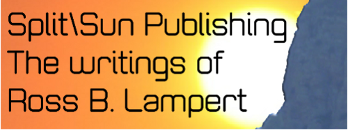

I don’t remember when I got this book, probably not many years after its 1978 publication, yet until recently I’d hardly ever cracked it, much less sat down to read it. My loss, absolutely.
The book has two components: the artwork and the prose. The prose is surprisingly academic, very readable but a straight-up discussion of the various stories and legends about the many varieties of faeries. Most come from the British Isles, but there are a few from northwestern Europe: Iceland, Scandinavia, and Germany. Authors Brian Froud and Alan Lee relate some of these legends without themselves becoming too mystical or too analytical. They even kindly provide pronunciation guides to the Gaelic terms sprinkled throughout the work...
Read More

















Recent Comments